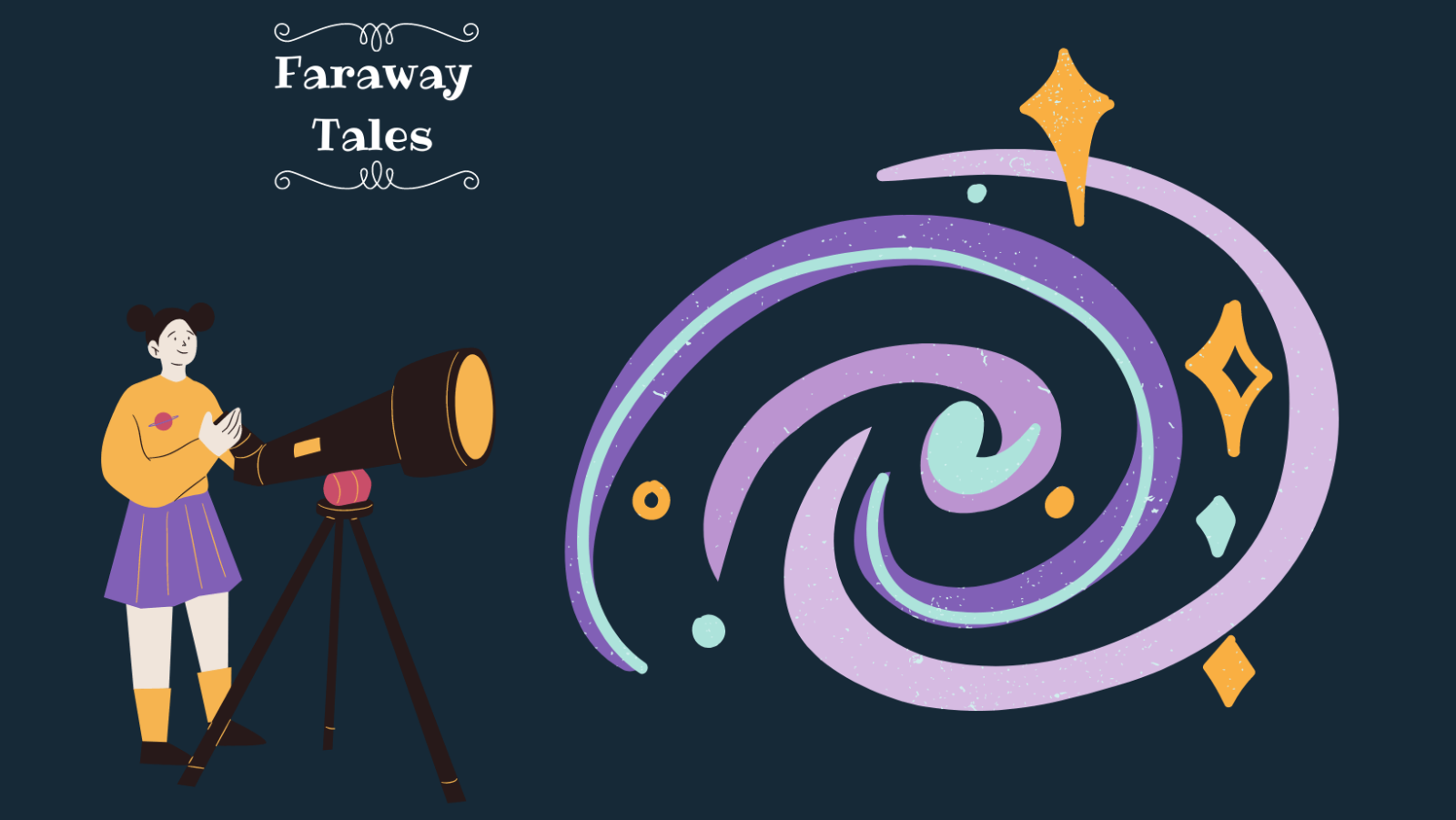|| Faraway Tales Inspire – A series on forgotten people and their unforgettable achievements ||
In 1895, a young deaf woman, volunteered to work at the Harvard College Observatory. Her work was to observe and catalogue the brightness of stars as they appeared in the photographic plate. Women were not allowed to operate telescopes in the early 1900s. She was not paid until 7 years, after which she was paid only 30 cents an hour.
None of this deterred Leavitt, who made breakthrough discoveries in astronomy, including identification of over 2,400 variable stars. Her work doubled the contemporary knowledge of these stars and helped Leavitt find the link between a star’s brightness and its distance from Earth.
Leavitt’s work enabled astronomers to calculate the distance to faraway galaxies, upto 20 million light years away. Until her work, the calculable distance by earlier methods was only few hundred light years.
Due to her work, it is now established that Milky way galaxy has a diameter of about 100,000 light years. After her death, her work enabled Edwin Hubble, who used her period-luminosity relation to prove that Milky way is expanding. Hubble often is said to quote that Leavitt deserved Nobel prize for her work, but Nobel prize was not awarded posthumously back then.
She succumbed to stomach cancer at an early age of 53. The asteriod 5383 Leavitt and the Leavitt crater on the moon are named in her honour.
Stars like her always shine bright.
Like (0)




Leave a Reply